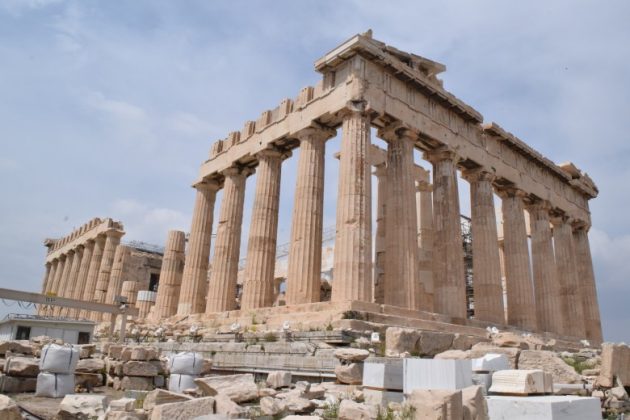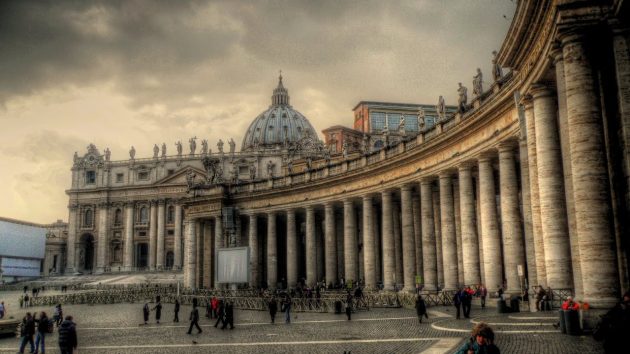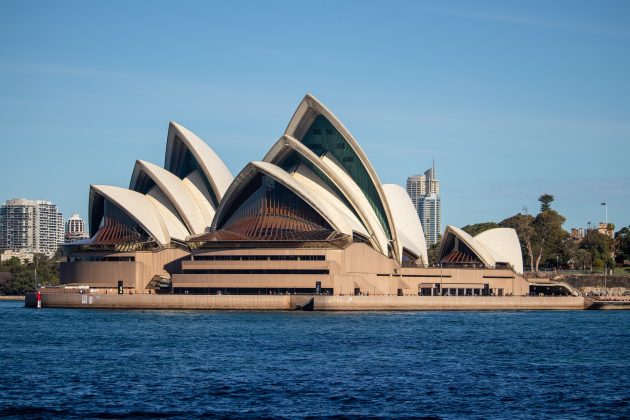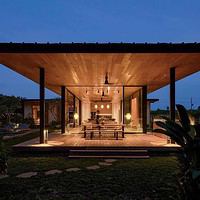Architectural style has been changing since ancient times. The role of the changes in culture and tradition affects the architectural styles exhibited by civilizations. The development of new technologies also allowed humanity to build larger and taller buildings, and the advancement in the field of engineering will contribute to more modern architectural styles in the future. Throughout history, six architectural styles dominated the world, and each has its unique characteristics. These styles influenced other nations. People started to develop their structures by using these styles as their basis. To protect these amazing structure from pests, companies like Moxie Pest Control services started to appear.
The following architectural styles are considered the most important styles ever created in the history of the planet:
1. Ancient Architecture
From the Great Pyramids of Egypt to the Great Wall of China, ancient architecture is considered as the framework for the construction marvels created by humans. Each civilization from the ancient world exhibited their construction prowess, making their creations last for millennia. Architectural styles in ancient Greece showcases different types of columns used in temples, with each column adorned by lovely sculptures and designs that are created to the highest detail. During the time of the ancient Egyptians, they created obelisks and pyramids to please the gods, which are often gigantic and inscribed with hieroglyphs. In ancient China, architects used techniques that enabled them to build palaces and temples that could withstand earthquakes and storms. They also built a giant wall to prevent the empire from being invaded by outsiders. Architectural styles from ancient Americas and the Pacific shows how the native people have integrated their culture and beliefs to how their buildings are styled.
2. Classical Architecture
This architectural style is dominant in the Roman Empire, and as Rome extended its influence in Asia, Europe, and Africa, the architectural styles in these areas have also adapted to how Rome wanted it to be. The rise of the construction of villas in the countryside and the creation of cobble roads made it possible for Roman citizens to live far away from city centers. In Roman cities, aqueducts are built to transport water from the mountains down to the homes of the citizens. The Romans have also adapted the columns created by the ancient Greeks and constructed large temples to please the gods and goddesses. The Romans have also built the Colosseum and other venues of entertainment to please the public. The classical architecture evident to the Roman Empire would survive for millennia, and it would influence architectural styles thousands of years later.
3. Medieval Architecture
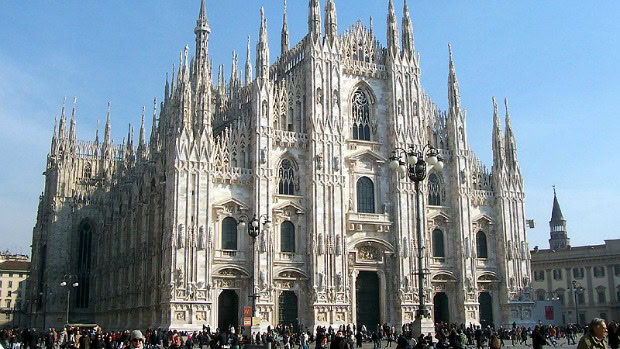
Medieval architecture is usually attributed to the Gothic and the Tudor style. This architectural style was evident in Europe during the Middle Ages, and it lasted for hundreds of years. After the fall of the Roman Empire, the church started to exert their influence across the continent, and as a result, cathedrals, monasteries, and temples dedicated to the Christian faith were constructed. Usually, the cathedrals are the largest architectural structures in a major city during the Middle Ages, and it symbolizes the power of the church. Castles have also developed to become more sturdy and difficult to be conquered.
4. Renaissance Architecture
The Renaissance is a word used to describe rebirth, and the architectural styles evident during this period would be the revival of the classical styles introduced by the Romans. The creation of gigantic cathedrals laden with realistic sculptures and statues are normal during this period. In the Americas, the Aztec, Incas, and the Mayans are also developing their architectural styles, dominated by stepped pyramids and temples that are cut in precision. In Asia, the construction of Renaissance-era castles and temples are evident in cities, and these structures could last for hundreds of years without receiving any damage from disasters like earthquakes.
5. Modern Architecture
Neo-classical, Bauhaus, Art-Deco, and Post-Modernist are some of the architectural styles during this period. Humanity started building skyscrapers during this time, and they wanted to extend to the heavens to show their greatness. Architects have also experimented visually during this time, and bizarre structures started to dominate the world.
6. Post-Modern Architecture
This is the architectural style in the present day, and it was characterized by taller skyscrapers like the creation of the Burj Khalifa in Dubai back in 2010. The post-modern architecture also relies on nature for the construction of a structure, taking inspiration from plants, animals, and landforms, among others. In cities, people started building their homes in a minimalistic nature made of concrete or wood. The post-modern architectural style is said to develop further, becoming the ultimate style for futuristic cities.

